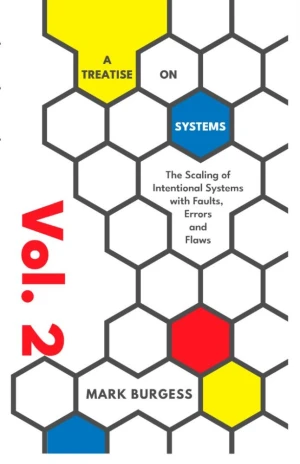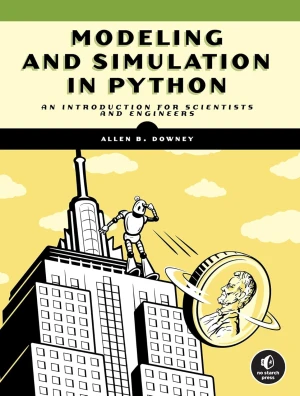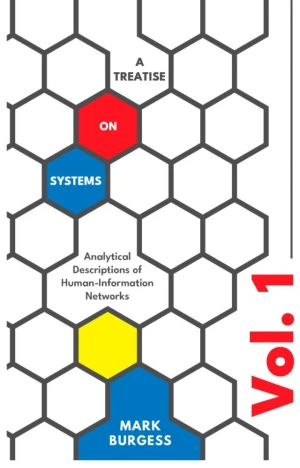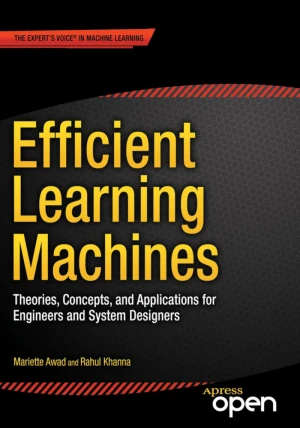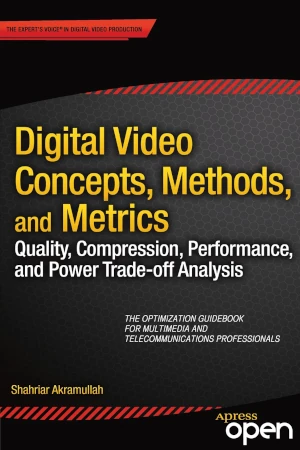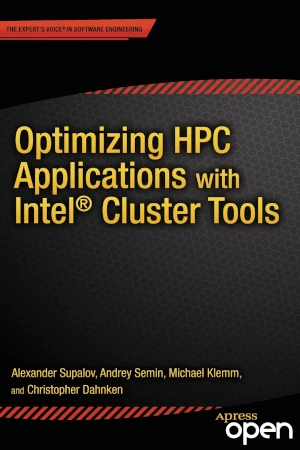Grey Systems Analysis, 2nd Edition
Methods, Models and Applications
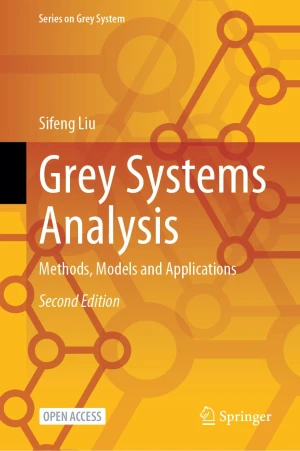
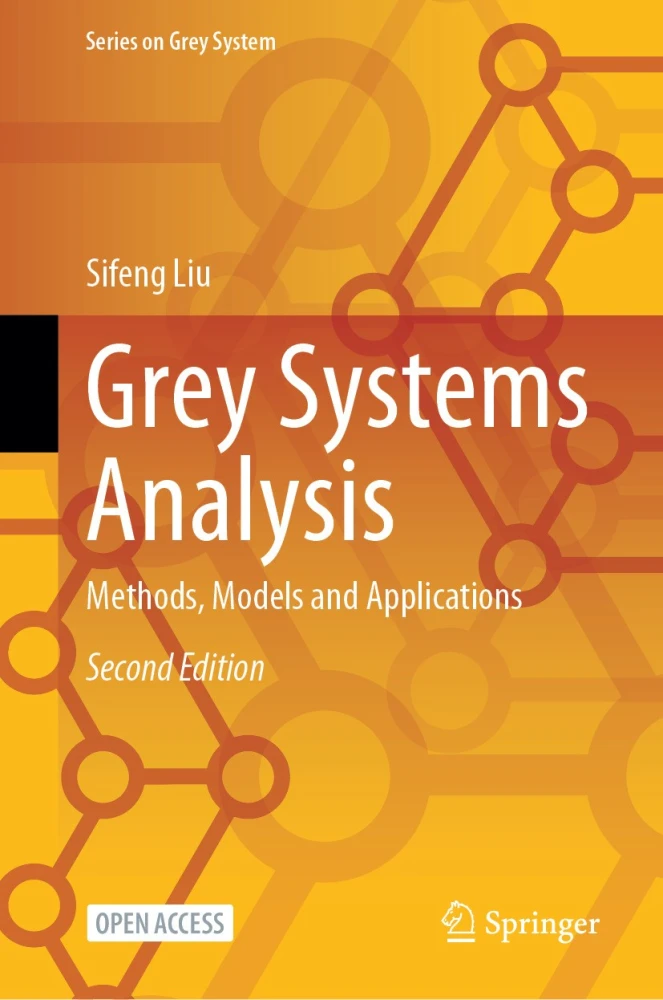
Book Details
| Author | Sifeng Liu |
| Publisher | Springer |
| Published | 2025 |
| Edition | 2nd |
| Paperback | 395 pages |
| Language | English |
| ISBN-13 | 9789819787265, 9789819787296, 9789819787272 |
| ISBN-10 | 9819787262, 9819787297, 9819787270 |
| License | Creative Commons Attribution-NonCommercial-NoDerivatives |
Book Description
This open access book is the 2nd edition involving the update on data, methods and models of Grey Systems. It covers up-to-date theoretical and applied advances in grey systems from across the world, and vividly presents the reader with the overall picture of this new theory and its frontier research. Many of the concepts, models and methods in the book are original by the author, including kernel, degree of greyness of grey number, simplified form of grey number, general grey number and the operation system; the axiomatic system of buffer operators and a series of weakening and strengthening buffer operators; a series of grey relational analysis models, including grey absolute, relative, synthetic, similarity, closeness, negative, three dimension, and grey relational analysis model for cross-sequences, etc.; grey fixed weight clustering model, grey evaluation models based on center-point and end-point mixed possibility functions; original difference grey model (ODGM), even difference grey model (EDGM), discrete grey model (DGM), fractional grey models, self-memory grey models; multi-attribute weighted intelligent grey target decision models, kernel weight vector group and the weighted comprehensive clustering coefficient vector, and spectrum analysis of sequence operators, etc.
The revision includes: (1) Added new achievements made in recent years, such as the moving average denoise operator, a series of negative grey relational models, grey relational model for cross-sequences, standard uncertainty numbers and their operations, adaptive Grey Prediction Models and so on; (2) Important data related to the development of grey system theory has been updated; (3) Research reviews have been added to each chapter, and a large number of references have been added; (4)Updated application examples of commonly used models and methods.
This book will be appropriate as a reference and/or textbook for courses of grey system theory for graduate students or high level undergraduate students, majoring in various fields of natural sciences, social sciences and engineering technology. It can also be utilized by researchers and technicians in research institutions, business entities, and government agencies.
This book is available under a Creative Commons Attribution-NonCommercial-NoDerivatives license (CC BY-NC-ND), which means that you are free to copy and distribute it, as long as you attribute the source, don't use it commercially, and don't create modified versions.
If you enjoyed the book and would like to support the author, you can purchase a printed copy (hardcover or paperback) from official retailers.
Download and Read Links
Share this Book
[localhost]# find . -name "*Similar_Books*"
A Treatise on Systems (volume 2)
This 2d volume describes the systematic application of Promise Theory to systems, representing a significant step forward in describing functional systems with both dynamics and semantics. By combining quantitative and qualitative descriptions in a single framework, Promise Theory provides the first impartial language for multiscale system phenomen
Modeling and Simulation in Python
Modeling and Simulation in Python is a thorough but easy-to-follow introduction to physical modeling - that is, the art of describing and simulating real-world systems. Readers are guided through modeling things like world population growth, infectious disease, bungee jumping, baseball flight trajectories, celestial mechanics, and more while simult
A Treatise on Systems (volume 1)
Network and System Administration usually refers only to the traditional skills and recipes for keeping computers and networks running properly. But, in truth, this view omits the most important part of the system: humans. The skill needed to comprehend and tame systems comprising both humans and machines is that of managing complexity. In this boo
Efficient Learning Machines
Machine learning techniques provide cost-effective alternatives to traditional methods for extracting underlying relationships between information and data and for predicting future events by processing existing information to train models. Efficient Learning Machines explores the major topics of machine learning, including knowledge discovery, cla
Digital Video Concepts, Methods, and Metrics
Digital Video Concepts, Methods, and Metrics: Quality, Compression, Performance, and Power Trade-off Analysis is a concise reference for professionals in a wide range of applications and vocations. It focuses on giving the reader mastery over the concepts, methods and metrics of digital video coding, so that readers have sufficient understanding to
Optimizing HPC Applications with Intel Cluster Tools
Optimizing HPC Applications with Intel Cluster Tools takes the reader on a tour of the fast-growing area of high performance computing and the optimization of hybrid programs. These programs typically combine distributed memory and shared memory programming models and use the Message Passing Interface (MPI) and OpenMP for multi-threading to achieve

